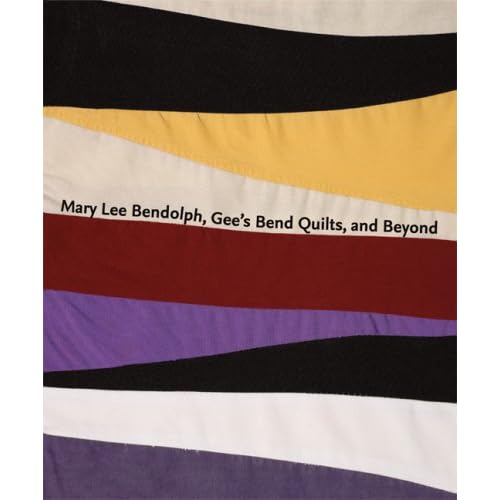My husband's birthday is coming up and I've been stumped as to what to give him. Mohammed (Mozer to me) doesn't want anything, need anything, or wish for anything. At least, not for anything that I could afford. He's a minimalist who married a pack rat.... But, it's his 40th, a biggy, and I want to do something special. (Yep... I caught me a young one!)
So, I came up with an idea and I hope you will participate! Mozer is a chef and loves to cook. That is his art and his career. His training and background make Italian, French and Moroccan cuisine his specialties, but he likes to try new things, too.
I thought I would make him a book with recipes contributed by anyone who wants to participate. This is short notice, so if you would like to join in, do it quick, quick! His birthday is March 12th and I would like to have the book finished by the 8th (that's only 10 days!).
To participate, either leave a recipe as a comment or e-mail me (the link is at the top right hand corner of this blog). I will post e-mailed recipes here. It would be nice if you included a photo of you, a favorite quote and a sentence or two to make the recipes more personal. Make sure to include your links, too, so that Mohammed and others can visit your sites.
This will not only be a wonderful gift to my dear husband, but all of you will also be able to enjoy each other's favorite dishes! How fun!!! I'll post a photo of the book when it is finished. To all of you who participate, I give you my thanks!
 Learning how to play croquet in Wisconsin.
Learning how to play croquet in Wisconsin.From Morna
"Here is a fabulous recipe to a fabulous friend for a fabulous husband on a fabulous birthday!"
Party Pesto Loaf Appetizer
Serves About 24
3 large cloves garlic, peeled, divided use
2 cups fresh basil leaves
2 (8-ounce each) cream cheese, softened
Salt and pepper to taste
1 cup grated Parmesan cheese
1/3 cup olive oil
1 pound provolone cheese, thinly sliced, preferably lengthwise
1/2 cup oil-packed sun-dried tomatoes, drained and cut into thin strips
1/3 cup toasted pine nuts
1. Toast pine nuts. Spread them in a single layer on a baking sheet in 350-degree oven. Bake 2 minutes and then shake pan to turn the nuts. Continue to bake until lightly browned, about 1 more minute. Watch nuts carefully because they can burn quickly.
2. Moisten cheesecloth (about 16-by-16 inches) with cold water. Ring out excess water and line a loaf pan, allowing excess cheesecloth to hang over the sides.
3. Mince in food processor: one large clove garlic and 1/2 cup basil leaves. Add cream cheese and process until smooth. Add salt and pepper to taste. Remove mixture from processor.
4. Mince in food processor: two large cloves garlic and 1.5 cups of fresh basil leaves. Add Parmesan cheese and process until blended. Add olive oil in a thin stream and process until blended. Remove mixture from processor.
5. Use about half the provolone cheese to line the loaf pan. Overlap the edges and gently press the seams down; allow to hang over the edge.
6. Add 1/2 of cream cheese mixture and press down into an even layer. Make a layer with sun-dried tomato strips and push down gently to press the tomatoes into the cream cheese. Cover with a layer of provolone cheese.
7. Add half of pesto in an even layer and top with another layer of provolone cheese.
8. Add remaining 1/2 of cream cheese mixture and press down into an even layer. Make a layer with pine nuts and push down gently to press them into the cream cheese. Cover with a layer of provolone cheese.
9. Add remaining pesto and another layer of provolone.
10. Pull over the additional provolone cheese that hangs over the sides.
11. Pull up the cheesecloth that hangs over the sides and place it on top of the loaf. Gently press down loaf. Cover with plastic wrap. Refrigerate at least two hours.
12. To serve, remove plastic wrap and fold cheesecloth back. Invert onto serving plate or platter and peel off cheesecloth. Can be served as is, or you can cut loaf in half lengthwise, and then cut small squares and arrange artfully on a platter. Garnish with sprigs of fresh basil and edible pesticide-free flowers. Accompany with thin slices of French bread or sturdy crackers. Can be made four days in advance and refrigerated airtight. Can be frozen, airtight, up to two months.
13. Serves about 24. Ingredients can be divided between two small mini-loaf pans, making two small loaves - freeze one for later use.
Note: If you have leftovers, they can be tossed with hot pasta for a delicious dinner.












































